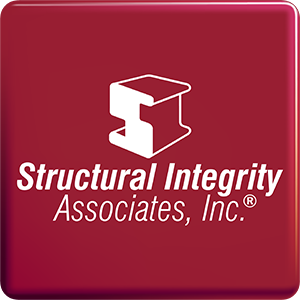- MAOP Determination and Reconfirmation (§192.619 and §192.624)
- Material Verification (MV) (§192.607)
- Engineering Critical Assessments (§192.632)
- Identification and Assessment of Moderate Consequence Areas (MCAs) (§192.3 & §192.710)
- Analysis of Predicted Failure Pressure (§192.712)
- Revisions to Policies, Procedures and Plans
For on-shore transmission pipelines in an HCA, Class 3 or 4 location without Traceable, Verifiable and Complete (TV&C) records for §192.619(a)2 , or where the MAOP was established based on the Grandfather Clause3 and the MAOP creates a stress ≥ 30% SMYS, an operator will need to Reconfirm the MAOP. Operators must develop and document procedures by July 1, 2021 and will have until July 3, 2028 to Reconfirm 50% of their subject pipeline mileage and until July 2, 2035 to Reconfirm 100% of subject mileage. There are six methods prescriptively identified to Reconfirm MAOP:
- A pressure test per Subpart J along with Material Verification per §192.607
- Pressure Reduction with Material Verification in some cases
- Engineering Critical Assessment (ECA),
- Pipe replacement,
- Pressure reduction for pipeline segments with Small Potential Impact Radius (≤ 150 ft.), or
- Alternative technology submitted to PHMSA with no objection received within 90 days.
Various sections of Mega-Rule 1 require operators to ensure adequate (TV&C) material records or implement a Material Verification Program. Two specific cases include MAOP Reconfirmation methods:
- When Pressure testing per §192.624 Method 1, if no TV&C material records, an operator must obtain the missing records in accordance with §192.607,
- Or as required during the ECA process
Within an operator’s Material Verification Program, specific pipeline attributes must be confirmed: diameter, wall thickness, seam type and grade. Operators will be required to define sampling programs and perform destructive (laboratory) or non-destructive testing to capture this information and take additional action when inconsistent results are identified until a confidence level of 95% is achieved.
The ECA is one method available for reconfirming MAOP. The ECA process involves evaluating:
- Relevant material properties,
- Operational history and environment,
- Prior assessments,
- In-service degradation,
- Possible failure mechanisms, and
- Defect characteristics (prior, current and future).
These factors are analyzed for the loadings and operating conditions relevant to potential threats with additional assessments are performed as needed. A detailed engineering analysis can then be performed that incorporates the assessment results and material property information to determine if the pipeline segment can be considered safe to operate at a designated MAOP.
In Mega-Rule 1, PHMSA defined the new term MCAs with additional integrity assessment requirements. An MCA is defined as an on-shore area, with a potential impact circle containing either:
- Five or more buildings intended for human occupancy; or
- Any portion of the paved surface, including shoulders, of a designated interstate, other freeway, or expressway, as well as any other principal arterial roadway with 4 or more lanes
§192.710 prescribes new integrity assessment requirements on transmission lines ≥ 30% SMYS in Class 3 or 4 locations and MCAs that can accommodate instrumented In-Line Inspection tools. Initial assessment s must be completed by July 3, 2034 with periodic reassessments every 10 years not to exceed 126 months.
New requirements have been added throughout Mega-Rule 1 that will require the analysis of the predicted failure pressure at the location of the anomaly or defect. Prescriptive methodologies for corrosion wall loss have been identified. For crack-like defects, a detailed fracture mechanics analysis must be applied that uses appropriate methodologies that considers the potential failure mode (ductile, brittle, or both) of the defect. Appropriate and conservative growth rate models must also be applied to determine the remaining life.
In addition, the Mega-Rule 1 will require revisions to a significant number of existing policies and procedures, O&M procedures and Transmission Integrity Management Plans and procedures to ensure compliance with the new regulation.
